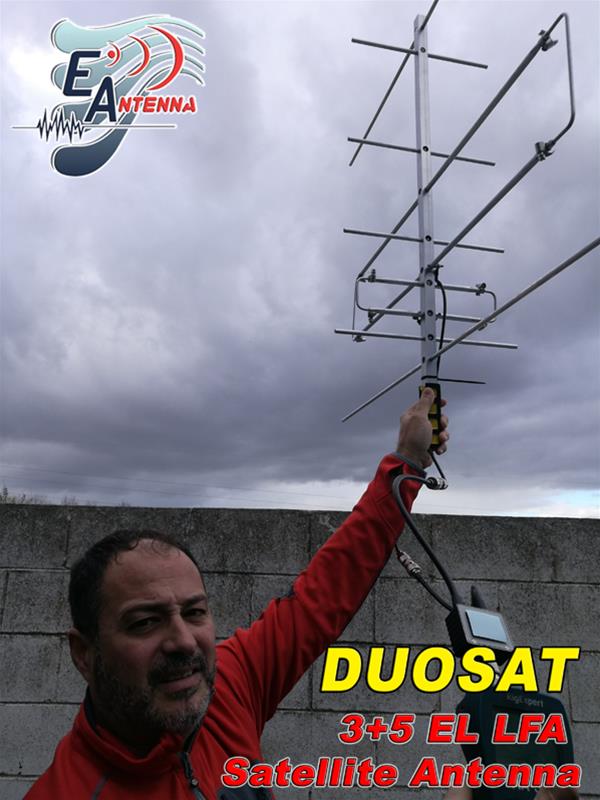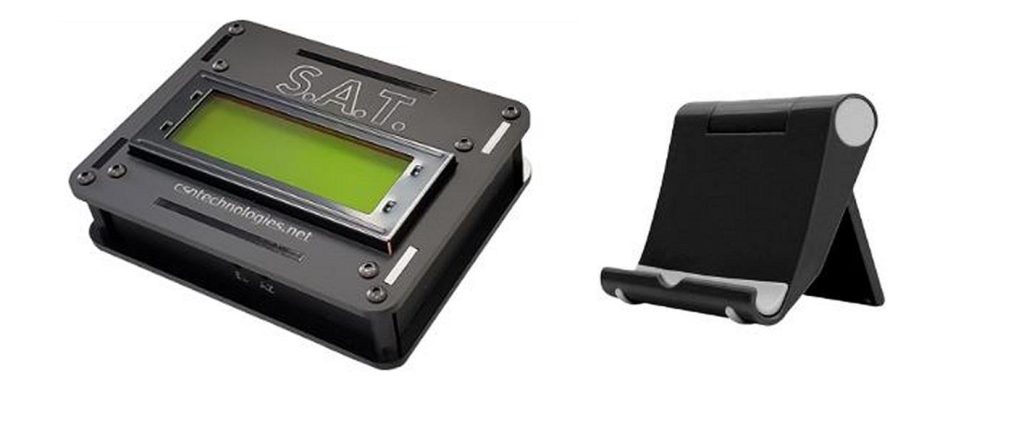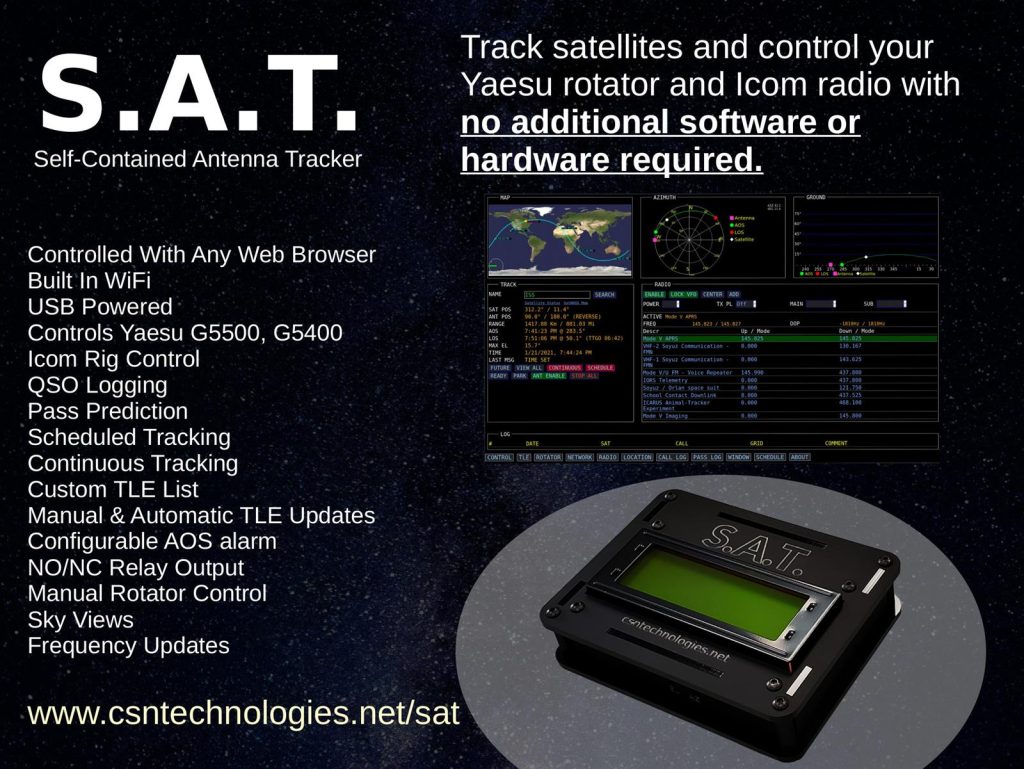Making contacts with other hams through amateur radio satellites is one of the most exciting aspects of being an operator. Even if you only have your Technician license, you’re permitted to “talk to the birds” which are traversing the atmosphere at more than 17,000 MPH in various orbital patterns and heights above the Earth’s surface.
Many of those who have tried operating satellites have quickly become hooked on the thrill and challenges of sending signals to one of these devices. For longtime operators, it is a passion that began with the deployment of the first amateur radio satellite, OSCAR 1, on December 12, 1961, four years after Russia’s Sputnik threw down the gauntlet to the American space program. OSCAR 1 only orbited for 22 days, but it launched an interest in working the satellites that thrives to this day.

How do you get started?
In this first in a series of videos, DX Engineering’s Michael, KI8R, explores the fundamentals of operating amateur radio satellites; some history, from early OSCARs to Qatar’s QO-100; terminology (including Doppler shift); modes; the AMSAT (Radio Amateur Satellite Corporation); and practical advice on getting started. Watch the video below:
Also check out these OnAllBands videos from Sean, KX9X, for advice on getting the most out of operating satellites:
- Learn the Basics of Operating Amateur Radio Satellites
- Operating Satellites from Your Home Station
- Getting on the Linear Satellites
- Operating a Linear Satellite Demonstration
- Getting on the FM Satellites
- Operating a Satellite While Roving
- FM Satellite Etiquette: Five Tips for Better Satellite Success

You’ll find everything you need to start your own amateur radio satellite journey, including the FM/linear satellite-friendly Icom IC-9700 Transceiver, and these products:
- M2 Antennas Eggbeater Satellite Antenna (400-470 MHz)
- M2 Antennas Eggbeater Satellite Antenna (135-150 MHz)
- M2 Antennas 2M/70cm Satellite Antenna Package (below)

Watch this video from the DX Engineering YouTube channel of Sean, KX9X, and Ward, N0AX, showing how to get on the FM birds by putting together a simple station using M2 2 meter and 70cm directional eggbeater antennas and the Icom ID-5100.



- “Getting Started with Amateur Radio Satellites” by G. Gould Smith, WA4SXM, and Friends


